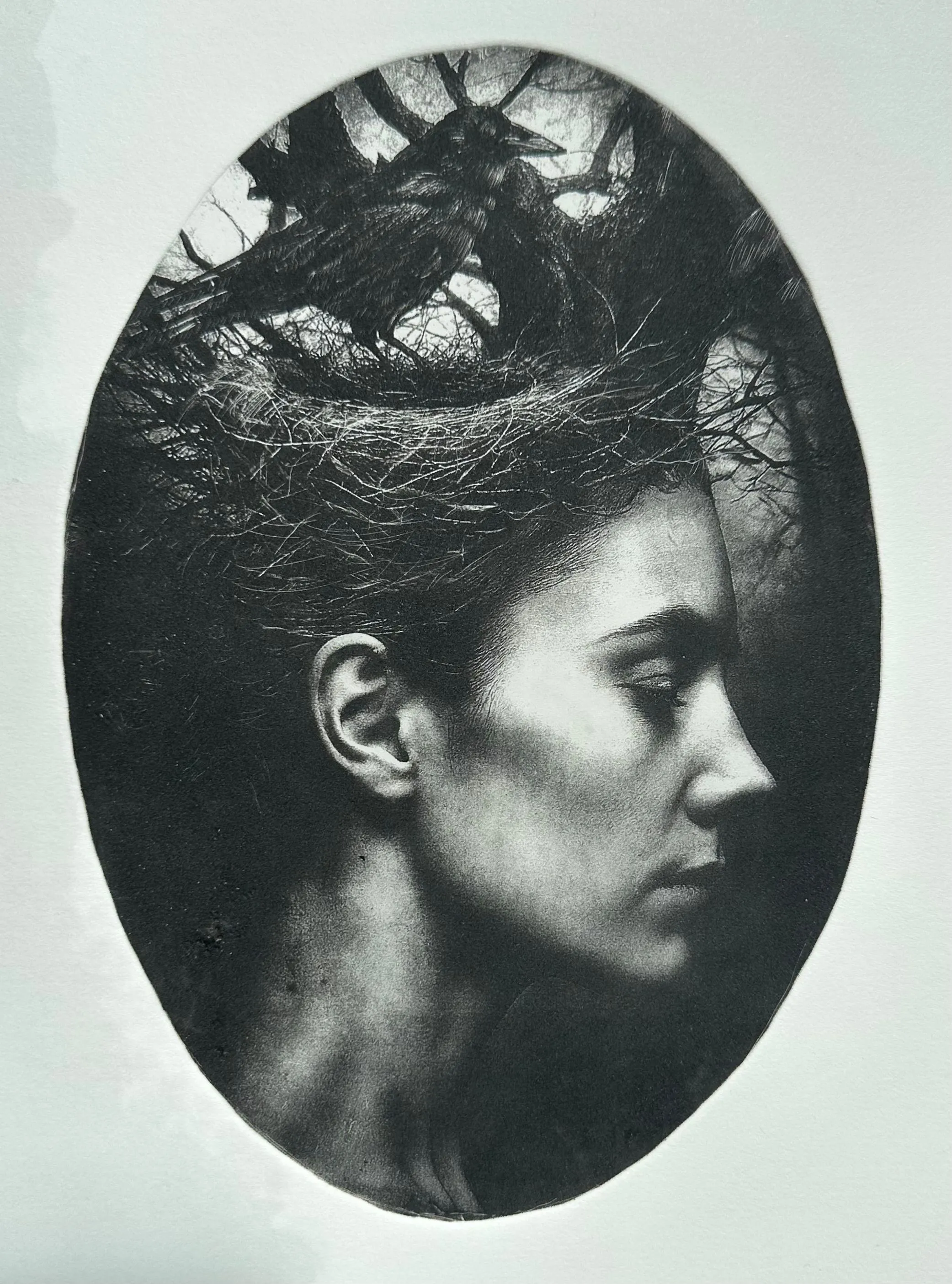Libertas Eligendi by Prue MacDougall
Closes
Nov 15, 2025Posted on
Oct 17, 2025Event type:
Art , Exhibition ,Price:
FreeVenue:
Railway Street Gallery + StudiosAddress:
8 Railway St, Newmarket, AucklandRegion:
Auckland ,
Freedom is a multifaceted concept that can mean different things to people depending on circumstance and context, but it is generally understood to mean having the ability to make choices and act on them without restraint.
However, many argue that an individual's freedom must be balanced with responsibility, requiring some limitations to protect the rights and freedoms of others. Some view freedom as a form of self-control. This perspective suggests that a person is truly free when they can master themselves and their desires, rather than simply acting on impulse. Other perspectives link freedom to personal development and potential.
Prue MacDougall’s artworks metaphorically explore these and other interpretations of Freedom, weighing them against potential contradictions or concessions one might need to face to achieve such freedom.
One of her most recurring metaphors is the open bird cage, intended to symbolise freedom of choice. When a cage door is open, it signifies potential escape, offering its captive occupant the opportunity to take flight. This metaphorically conveys the idea that individuals can break free from their circumstances, if they are brave enough to leave the relative safely and certainty of their current limitations. A leap of faith into the unknown may result in exciting opportunities but it requires considerable courage.
MacDougall also employs other others form of avian habitats as metaphor in her work.
Drawing inspiration from the often-extraordinary forms of birds’ nests, she draws our attention to the fundamental drive to gather, assemble, and create a haven to protect and nurture oneself and ones loved ones. Bird nests naturally symbolise feelings of safety and tenderness and in MacDougall’s case, a strong connection to motherhood, ecological concerns, security and continuity.
The recent birth of the artist’s niece deeply moved her, stirring up feelings of the value of extended family connection and the importance of the birth continuum. MacDougall’s ‘nest’ works draw stark contrasts between the reflect purity and innocence of a newborn baby with the dark, tangled turmoil of current world events. Built from the sharp and broken detritus of everyday life, MacDougall’s nests offer a place to escape to, responding to the inherent human desire to retreat to a place of safety. especially when one feels physically and emotionally vulnerable or threatened.
The process of building a nest, with its accumulation of materials found at hand and the fragility of its structure, can be interpreted as a metaphor for the passage of time and the lingering nature of memories. Whereas hand gestures, an outstretched hand for example, can connote assistance or guidance in a time of need. The innocent and vulnerable infant in the nest also reflects the artist’s deep concerns about the dangerously fragile relationships between all living things, and our need to preserve and protect nature for our way of life and the planet we live on to survive.
MacDougall’s close connectivity to nature and a lifelong love of botanical forms has been recurring present in her work for decades. In a previous exhibition MacDougall turned her watchful and whimsical gaze towards the innate power of trees, commenting on the essential roles that trees and forests play in our lives as well as the lives of our forebears who mythologised their powers and anthropomorphised their characteristics. Many early cultures throughout the world believed for millennia that nature was positively alive with the spirits that reside in forests. Countless legends and mythologies are full of trees that comprehend and articulate the meaning of existence.
Mark Hutchins-Pond